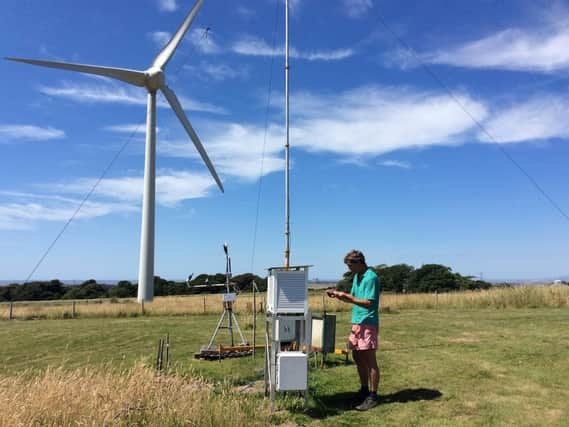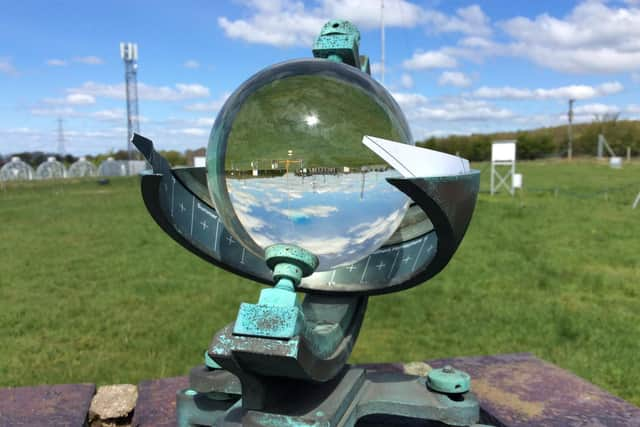Lancaster scientists record sunniest spring on record


May was the second sunniest since records began at Hazelrigg in 1967, and this followed the second sunniest April on record.
Spring as a whole, spanning March, April and May, saw 620.2 hours of sunshine recorded. This is 138 per cent of the average spring sunshine, and smashes the previous record of 566 hours of spring sunshine set in 1980.
Advertisement
Hide AdAdvertisement
Hide AdHowever, 1980 maintains the record for the sunniest May with 279 hours – just an afternoon’s worth more than the 273.3 hours recorded in 2020.


Sunniest springs:
2020 620.2 hours
1980 566.0
1974 533.7
2007 529.6
1982 528.0
Sunniest Mays:
1980 279.0 hours
2020 273.3
1975 264.8
1997 262.5
1992 261.0
2018 260.0
It has also been a very dry May, with less than half the average rainfall (30 mm in total, two thirds of which fell on one night).
However, spring 2020 as a whole was not the driest, partly because in March more than the monthly average fell in the first half of the month, followed by - nothing. Overall, this spring we had 64 per cent of our average rainfall:
Spring rainfall:
1984 84.9 mm
1990 107.0 mm
1974 118.7 mm
2010 125.5 mm
2020 129.3 mm
The sunshine and dry weather has coincided with the ongoing coronavirus situation. The lockdown period, spanning March 20 to May 31st, has been the driest and sunniest spell covering the same period since records began, with only 30 per cent of average rainfall and 143 per cent of average sunshine.
Lockdown rainfall (20 March to 31 May):
2020 45.9 mm
1984 59.8 mm
1982 67.5 mm
1980 73.7 mm
1990 77.1 mm
Lockdown sunshine (20 March to 31 May):
2020 560.3 hours
1980 501.9
1974 477.3
1990 470.2
1982 467.3
Advertisement
Hide AdAdvertisement
Hide AdDr James Heath from the Lancaster Environment Centre said: “What is most remarkable about the recent weather is not just that records for sunshine have been completely smashed, but the way there was a sudden switch from persistently wet and stormy conditions to consistently dry and sunny.
“Following by far the wettest February on record, and a very wet start to March, since then we have only had 14 days with any measurable rainfall, with two thirds of that falling on just two days.
"Other than these few brief interruptions, we have had large areas of high pressure sitting over the UK, giving us clear skies and long hours of sunshine. This is a big departure from our 'normal' mobile weather patterns, with areas of low pressure giving rain and showers followed by ridges of high pressure giving drier, brighter spells.
“Whether these static weather patterns have a direct link to climate change may be uncertain - but given that the atmospheric circulation which governs them is driven by temperature contrasts, it would be surprising if they were not related in any way to changes in the earth's energy balance resulting from the huge increase in atmospheric CO2 concentrations.”